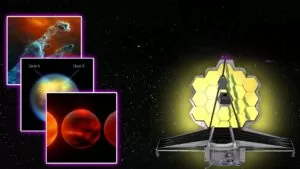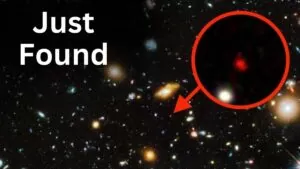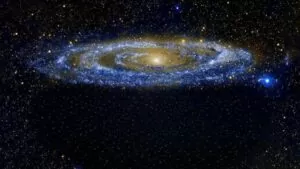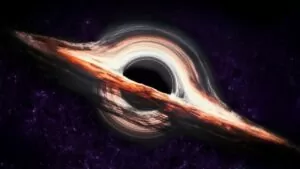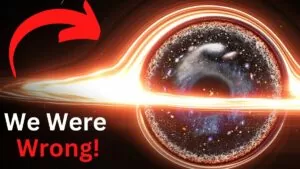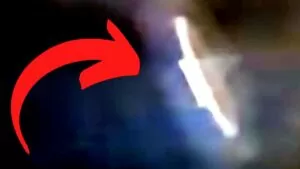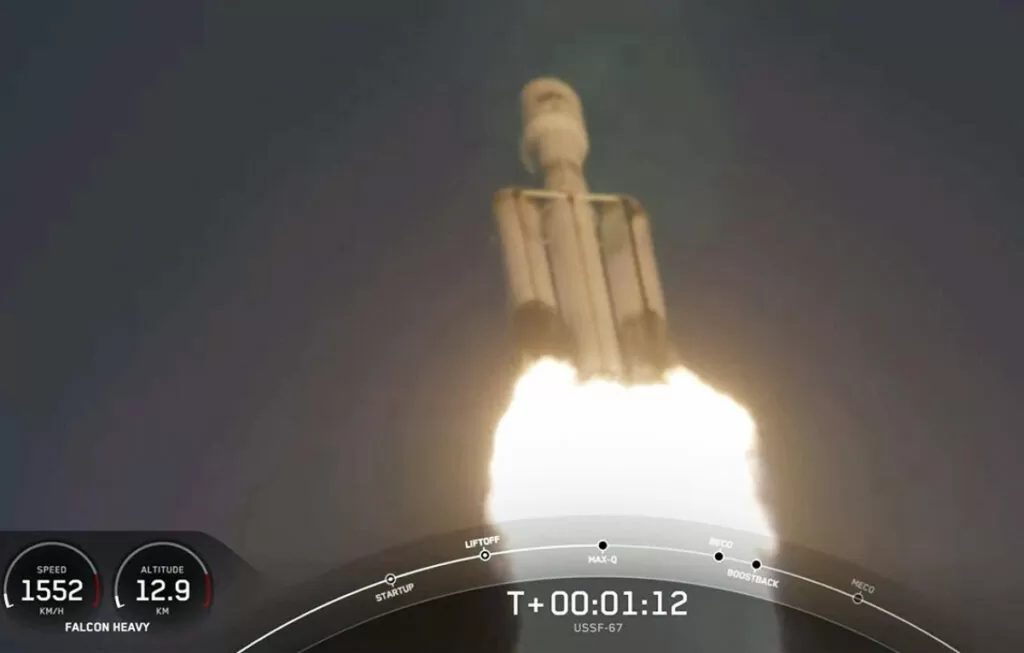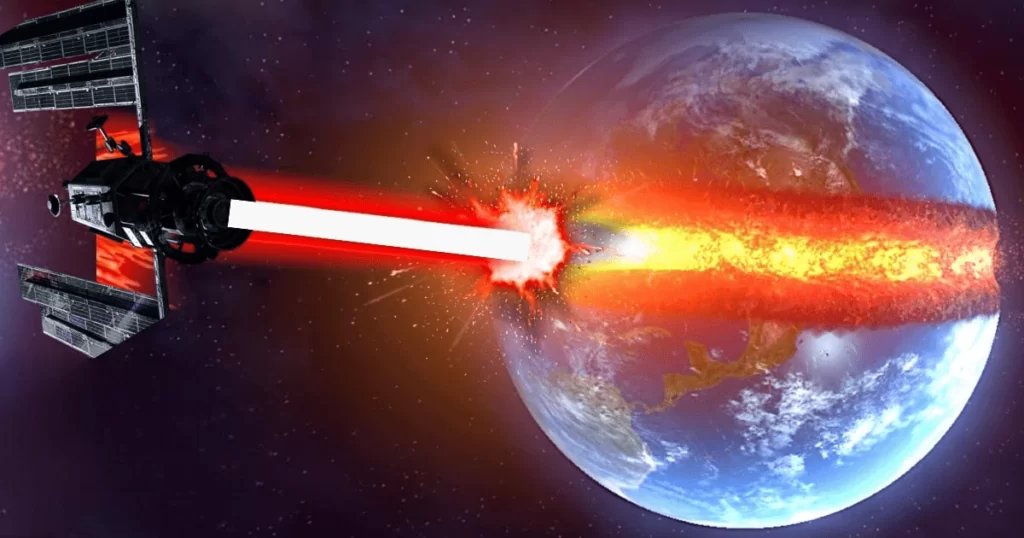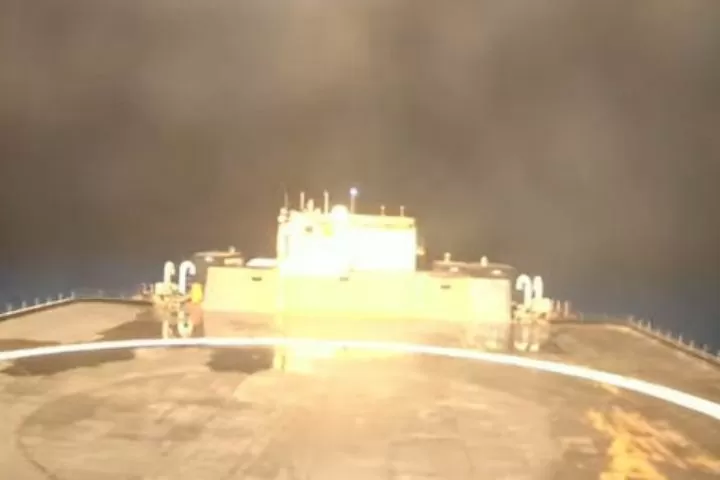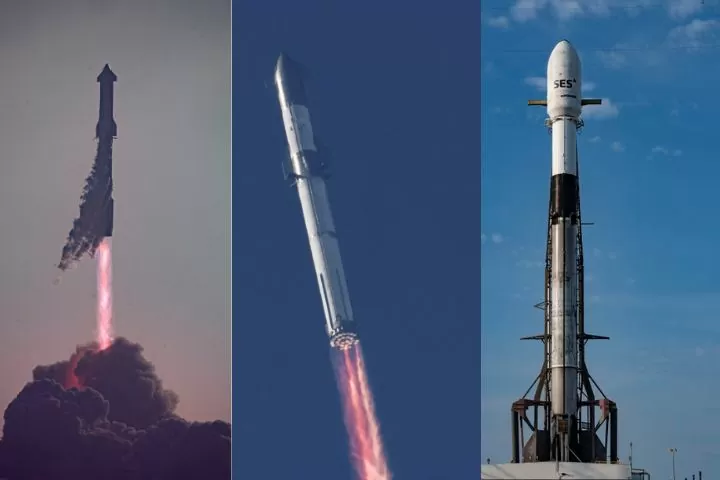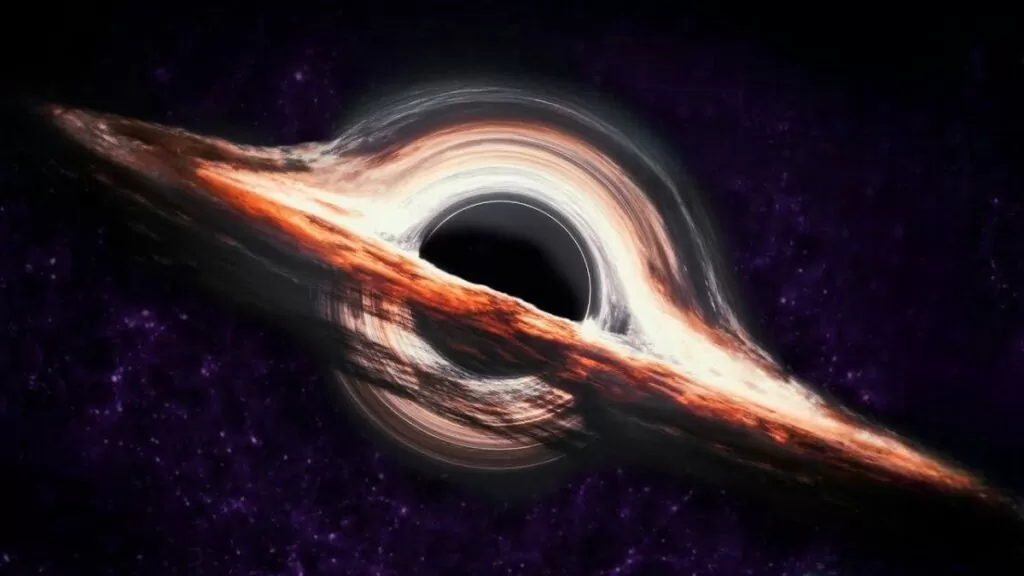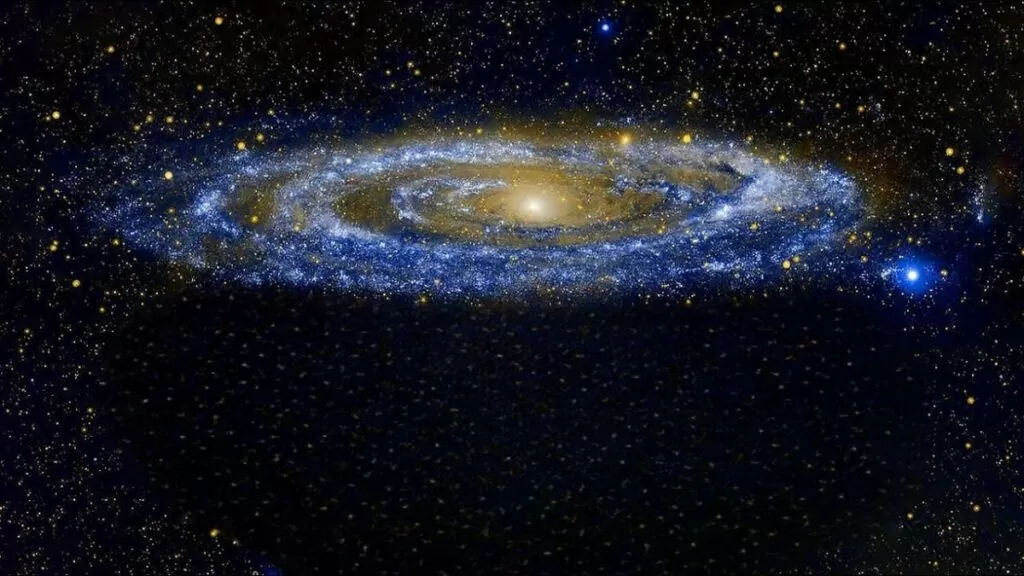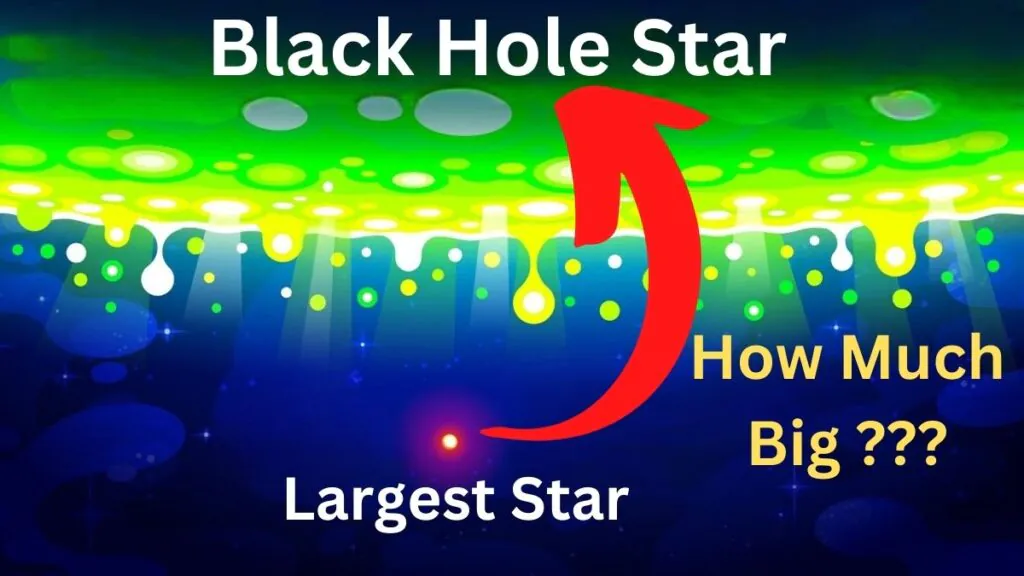
It’s possible that black hole stars were the first stars to ever exist.
They were larger than any star that exists today or will ever exist, and their brightness was greater than that of galaxies.
The fact that they were occupied deep within by a cosmic parasite, a black hole that was insatiably hungry, is what, in addition to their size, makes them unique and strange.
How could that possibly be?
Black hole stars go beyond the strangeness of black holes to challenge everything we know about the formation and growth of stars.
They only existed for a brief period of time in the early universe, but if they did exist, they would solve one of cosmology’s biggest mysteries.
Regardless of how you viewed them, black hole stars were excessive.
A black hole star had up to 10 million solar masses of nearly pure hydrogen, while the most massive stars of today may have about 300 solar masses.
It is 380 times larger than the largest known star and more than 800,000 times wider than our sun.
Furthermore, far underneath its surface is a dark opening, developing quickly as it gobbles up heaps of lots of issues each second.
Most of the time, huge clouds of mostly hydrogen, weighing thousands to millions of solar masses, are where stars are born.
Matter begins to accumulate around the densest parts of these clouds.
Their density increases their gravitational pull and accelerates their growth.
They eventually produce enough heat and pressure to start fusion reactions, resulting in the birth of a new star.
However, this restricts their size: The surrounding gas cloud is blown away by the amount of radiation energy released during nuclear fusion.
The newborn star cannot acquire additional mass.
From here on out the star is partying hard all day, every day between two powers: Radiation produced by fusion pushes outward, attempting to blow the star apart, as well as gravity pulling in to try to squash the star.
The star is destroyed when the balance breaks and the core runs out of fuel after millions to billions of years.
However, black hole stars were quite distinct.
A few hundred million years after the big bang, all of the universe’s matter was much more concentrated, making the beasts of the early universe much smaller.
The universe was significantly hotter and denser.
Massive structures known as dark matter halos were formed by dark matter, which was the dominant force.
The first stars and galaxies were born in these massive dark matter halos, which attracted and concentrated unimaginably large quantities of hydrogen gas.
There were massive hydrogen clouds that formed, some as big as 100 million suns and heavier than small galaxies.
The massive gravitational pull of the dark matter halos drew gas into its center and produced extremely massive stars in this one-of-a-kind setting that will never again exist.
As was mentioned earlier, when a star is born, the gas cloud that made it blows away. However, the massive gas clouds in the early universe were so huge that even after the star was born, more and more gas piled on top of it, causing it to grow to unbelievable sizes.
The young star is forced to get bigger and bigger, reaching a mass that is up to ten million times that of our sun in some cases.
Its core, crushed by gravity, gets hotter and hotter as it desperately tries to blow itself apart by pushing outward.
There is insufficient pressure and mass.
It is impossible to maintain the balance.
The core is crushed into a black hole in the same way that a supernova is accelerated.
In a normal universe, that would be the end: the stars of today go supernova, a black hole forms, and things settle down.
Yet, for this situation, the star endures its own demise.
The star’s interior is rocked by a massive explosion, but it is insufficient because the star is so massive that not even a supernova could destroy it. Instead, the heart of the star is a black hole.
It is minuscule, two or three many kilometers, in the focal point of a thing the size of the planetary group.
The monster expands Stars also spin because they are formed from gas that is collapsing and spinning at an ever faster rate.
A black hole maintains its angular momentum when it emerges from a star’s core.
This indicates that matter that is drawn in does not simply fall in a straight line; rather, it begins to orbit the black hole in ever-smaller, ever-faster circles.
An accretion disk forms as a result, in which gas orbits nearly at light speed.
At any given time, only a small amount of gas actually enters.
In essence, black holes serve up a lot of food and only nibble on it.
However, the matter that is entrapped in the accretion disk has a bad time: It is heated to temperatures of millions of degrees due to friction and collisions between particles.
Accumulation disks in actively feeding black holes are extremely hot and powerful.
Similar to the core of stars, where the superhot material generates radiation that blows away most of the food within its reach, this heat from the disk further restricts the amount of food a black hole can consume.
Therefore, even if a black hole had access to as much food as it desired, it would only be able to expand gradually.
Different from a black hole inside a black hole star is a black hole.
The huge tension encompassing it pushes down issue straightforwardly into the dark opening, conquering all limitations on how quick it can consume.
The accretion disk gets hotter and releases more radiation pressure than any star core ever could as a result of this violent process, which is enough to push back against the weight of 10 million suns.
Millions of solar masses pushing in and the enraged radiation of a black hole being forced out have created an impossibly dangerous equilibrium.
The black hole star’s interior is consumed for a few million years.
The black hole expands to tens of thousands of solar masses and eats more rapidly as it gets larger, increasing the star’s temperature and causing it to expand.
The black hole star has grown to a size 30 times larger than our solar system in its final phase, making it the largest star ever to exist in the universe.
Plasma jets from the black hole’s poles pierce through the star and shoot out into space, making it a cosmic beacon thanks to the intense magnetic fields at its core.
It probably been one of the most wonderment actuating sights to at any point exist in the universe.
However, this is also the end.
It gets stretched out too much, and the accretion disk inside is too strong: The parasite blows its host to pieces and kills it.
A star carcass is all that remains of a 100,000-sun-mass black hole as it makes its way out to find new prey.
If black hole stars did exist, they might shed light on one of the universe’s greatest mysteries.
The massive black holes in the centers of galaxies that we observe are simply too large!
They shouldn’t be able to happen.
The maximum mass of regular supernova-born black holes is a few tens of solar masses.
In addition, their subsequent growth is sluggish as a result of the procedure we previously described.
Black holes that combine can form slightly larger black holes with masses greater than 100 solar masses.
Black holes with solar masses of hundreds of thousands or even millions should form over billions of years.
Despite this, we know that some supermassive black holes had 800 million solar masses before the big bang, 690 million years ago.
Stars in black holes are a kind of cheat code for black holes.
They could be the seeds for supermassive black holes if they formed very early in our universe and produced black holes with thousands of solar masses.
It is possible for these seeds to germinate in the center of the earliest galaxies, mingling with other seeds and attracting enough matter for rapid and consistent growth.
We may soon be able to confirm their previous existence.
The James Webb space telescope is turning its sensors to look into the farthest reaches of the universe and, in a way that we could not see before, back into the early universe.
Therefore, if we are fortunate, we might be able to catch glimpses of these tragic titans during the brief time that passes between their creation and demise.
Let’s continue the visual journey just for fun until then.
Black hole stars, on the other hand, are even larger than stars.
Before expanding, the universe that is observable was only the size of marble about 10 to 35 seconds after the big bang.
Read More:
